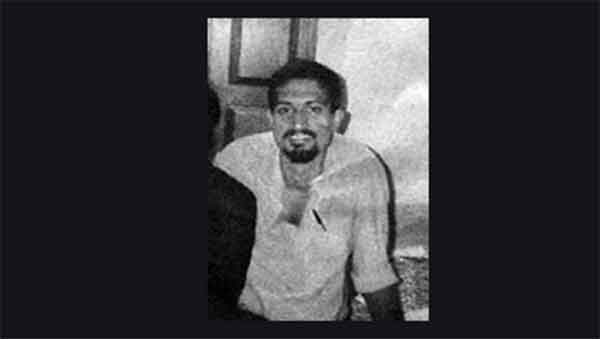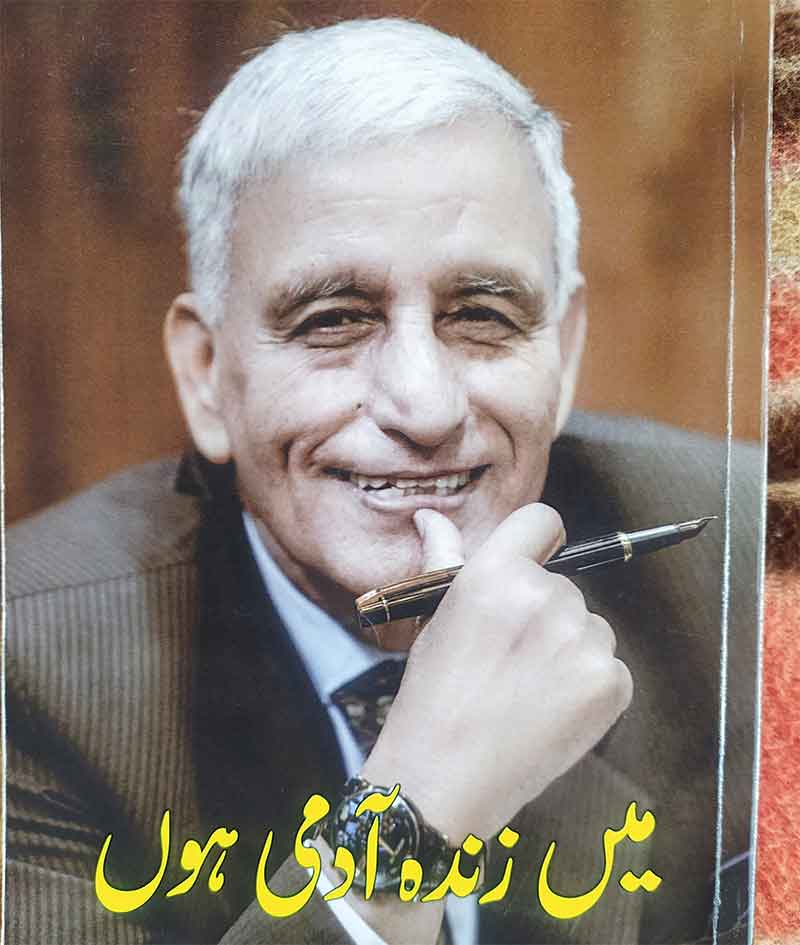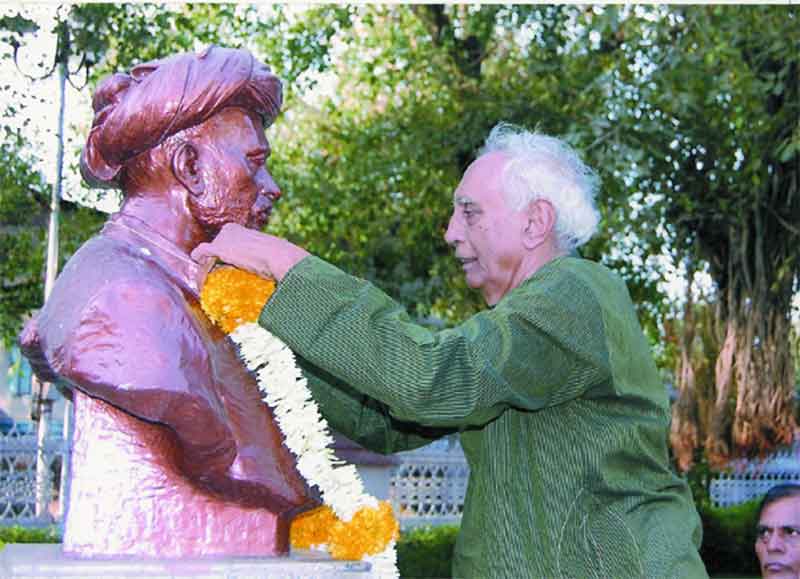6th February 2021 marks the 16th anniversary of Comrade Saketh Rajan’s Martyrdom.

The name Saketh Rajan needs no introduction in the revolutionary communist circles of India. It is important to remember Comrade Saketh Rajan and the path he took in order to liberate the people of this country from the clutches of Imperialism, Comprador Big Bourgeoisie and Big Landlords.
Comrade Saketh Rajan was born into an orthodox upper class and upper caste family of Mysore. He took Journalism and literature at Maharaja’s college. He was a popular student during his college days. A voracious reader and a brilliant debater. He was annoyed with the imposition of emergency and even went underground. His friend, now a professor of English Literature at Mysore University, Dr Lingaraj Gandhi says that ‘The Wretched of the Earth’ of Frantz Fanon showed a profound impact on him and then he never looked back.
Comrade Saketh Rajan joined the Indian Institute of Mass Communication (IIMC) at Delhi for his Post Graduation in Journalism. He then joined the revolutionary student movement being organized by the All-India Revolutionary Students Union (AIRSU). He became the executive member of AIRSU in 1985. He then met Comrade Rajeshwari who later became his partner. He built the revolutionary movement in the Western Ghats. He was elected as the Karnataka State Secretary of Communist Party of India (M-L) (People’s War) in 2004. He was also elected into the Central Committee as an alternate member after the 9th All India Congress of the CPI (M-L) (People’s War).
He fought against the Kudremukh Iron Ore Company Limited (KIOCL) and thwarted its plan to expand in the ecological sensitive Western Ghats. He fought against the Japan Industrial Township near Bengaluru which is a joint venture of Imperialists and Comprador Big Bourgeoisie. He creatively applied the party’s political line to the concrete condition of Karnataka and worked with a guerrilla zone perspective in western ghats.
On Making History and the Shudra Helotage
He adopted Marxist Methodology and analysed history from a historical materialist standpoint. Comrade Saketh Rajan stands in history as a true intellectual. His work on History of Karnataka released under his pen name ‘Saki’. Making History was released in two parts. It is amusing that Comrade Saketh penned both of these huge volumes while he was underground. This shows his dedication. Making History needs special mention. It is a brilliant analysis of Karnataka and Andhra history from a Historical Materialist standpoint. Here, in Making History volume I, he elaborates on the Shudra Mode of Production.
Comrade Saketh Rajan argues that the Indian Marxist Historiography remained inconclusive about the early historical period in characterising its Pre feudal mode of production. Stating the reasons, saki says that India like China, Rome and Greece developed its ‘first’ class society under the local influence. But, such development in India did not lead to the development of a slave mode of production. It at the same time did not directly pass onto the feudal mode of production as countries like Germany did. It is clearly established by this that the slave mode is not a universal mode since many societies changed from clan based primitive communism to feudalism directly or through an intermediary stage like us.
Saketh characterised this ‘Intermediary stage’ calling it slavery in a general sense, and in the particular, as Shudra Helotage which existed as the chief condition of labour exploitation. He quotes eminent historian R S Sharma saying “The attempt to place the ancient Indian economy in the straitjacket of the slave mode of production is misplaced… Ancient Indian Society can be called a slave owning society in the sense that people employed domestic slaves, but it cannot be characterised as a society based on the slave mode of production”.
The chief features of a slave mode like Slavery being the principal condition of labour, slave masters being a major component of the ruling class and slaves a major marketable item were all absent in India. Then he goes on categorising the features of the shudra helotry. Comrade Saketh argues that the first class societies assume the most extreme forms of labour exploitation due to the infancy of class society and the inadequate development or dispersal of productive instruments and various other superstructural aspects of class rule which are not refined. In the context of India, the institution of Chaturvarna played this role. The chief labouring population, the shudras were condemned and consigned to helotry. Surplus Extraction and the perpetuation of class rule was possible only due to the degree of barbarism of the ruling brahmana and kshatriya ruling classes. He analysed the bloody war of kalinga where most of the historians’ praise Ashoka for the change of his heart. Saki says that the so-called change of heart did not deter him from converting the 1,50,000 free tribals of Kalinga captured during war into shudra helotage to work the sita lands of the Mauryan state in the central ganga basin. Sita lands were the extensive agricultural tracts of land which were held by the state directly, where captives of war, the shudras, were subjected to slavery. The agricultural surplus came from the toil of shudras. Hence, the period of early history of the post-harappan society thrived on the exploitation chiefly of shudra labour.
The next important question is regarding the nature of state during this period. The Mauryan and Satavahana states were organized on the model proposed by the Kautilya’s Arthashastra. Both of them are highly centralised and bureaucratic. Like any other state in the class society of that time these states had general features including some particulars like centralised nature, its enormity and its penchant for economic activity. Comrade Saketh Rajan observes that there are two reasons for a strong state apparatus. One being due to War, which is the greatest factor that contributed to the growth of slavery and the other arose from the fact that Mauryan and Satavahana states also directly owned property, retained and directly exploited vast labouring population.
Coming to the ruling class composition, saki says that it was composed of a triumvirate which included the merchant, the administrator-military official and the priest clergy. The Mauryan and Satavahana states represented these classes. This period also marked the growth of towns which also marks the class divisions in the society. Archaeological evidence pointed out that the towns and urban locales were populated by the Priest-Administrator-Military-Merchant classes.
The pre-feudal society existed for as long as 1000 years in North India and for almost 500 years in the south. By this reason, it cannot be termed as a ‘passing phenomenon’. Saki writes that ‘This long period of its existence makes it not an ephemeral social formation but an epochal mode of production. This long period of existence only implies that it was not exclusive but also self-perpetuating. This self-perpetuating character in turn suggests that it was an exclusive mode with certain laws inherent to it.’
Comrade K.Murali (Ajith) in his work “Of Concepts and Methods On ‘Postisms’ and other Essays” also points to Comrade Saketh Rajan’s analysis on Shudra-Holding mode of production. He points out that Western Europe’s particular historical development is elevated to a ‘General/Universal’ law. Any general features of a particular system would be true to a limited part of the world. Taking such a historical development of any society as universal will only result in blocking the specificities of various modes of production. Comrade Saketh Rajan here creatively applies Marxism and brings out the particularities of Pre feudal mode of production in India and how it is different from the slave mode of production.
He also analysed the questions of language and nationality in Karnataka and the religion as an ideological expression of class society. His formulations were based on the science of Marxism-Leninism-Maoism. With this work, Comrade Saketh Rajan challenged the existing mechanical interpretations and application of Marxism to social reality. He creatively applied Marxism in order to concretely analyse the concrete conditions. The blank that was left out in Indian History was filled up by him by using the very foundations laid by Marxist Historiography.
He dedicated his life for the liberation of Indian masses. Even his relationship with Comrade Rajeshwari was revolution centric. Both of them were martyred in the battlefield fighting the exploitative Indian state. Comrade Saketh Rajan along with another Comrade Shivalingu was martyred on February 6th 2005 in the forests of Chikkamagaluru while descending a slope. He was shot in his head after extreme torture by the state forces. Comrade Saketh Rajan stands in history as a great communist and a Historical Materialist. Let’s remember Comrade Saketh Rajan and carry forward his aspiration of building a New Democratic Society in India.
References:
Most of the biographical part of Comrade Saketh Rajan is taken from ‘Saketh Rajan Internet Memorial for Revolutionaries’. Revolutionary Greetings to the comrades who bought out Comrade Prem to this world.
‘Making History Karnataka’s People and their Past’ – Volume I Stone Age to Mercantilism – SAKI, Vimukthi Prakashana, Bangalore, 1998
Of Concepts and Methods On ‘Postisms’ and Other Essays – K.Murali (Ajith), November 2020
Koba Michael is a student of History and Political science.
IF YOU LIKED THE ARTICLE SUPPORT PEOPLE’S JOURNALISM















































